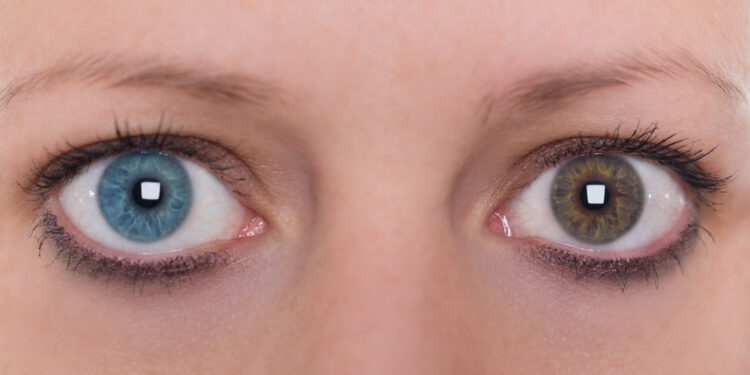The color of the eye depends on the pigmentation. It is present at the front of the iris, in its stroma, and the back of the iris (iris pigment epithelium). In most cases, the color of the eye determined by genes of as many as 15 different types. However, contrary to what you might wonder about blue, green eyes, let us tell you that blue-green eyes pigment does not exist in the human iris or ocular fluid.
If you have brown eyes
If you have brown eyes, then there is a high concentration of melanin in the front of the iris (stroma) as well as the back of the iris. The result is the melanin absorbing both short and long wavelengths of light from across the visible spectrum.
Amber eyes get their color from the presence of lipochrome added in the stroma.
As discussed earlier, blue-green eyes pigments do not play any role in the eye color of the human. So how does a person gets blue-green eyes? Well, the colors of the eys are a part of the trick of the light. If your eyes are blue, then there is an average amount of melanin in the back of the iris, but a less amount of melanin in the stroma that makes it translucent.
Now you must be wondering why some people have two different colors in their eyes? Multiple colors are present because of the variety of things from genetics. The different colors of both eyes can be a result of a medical condition such as Horner’s syndrome and Waardenburg syndrome. Most cases of different shades of both eyes are the result of genetics. In the case of uniform eye coloring, the eye color is the result of brown and yellow pigmentation and its distribution and density at the front and the back of the iris.







